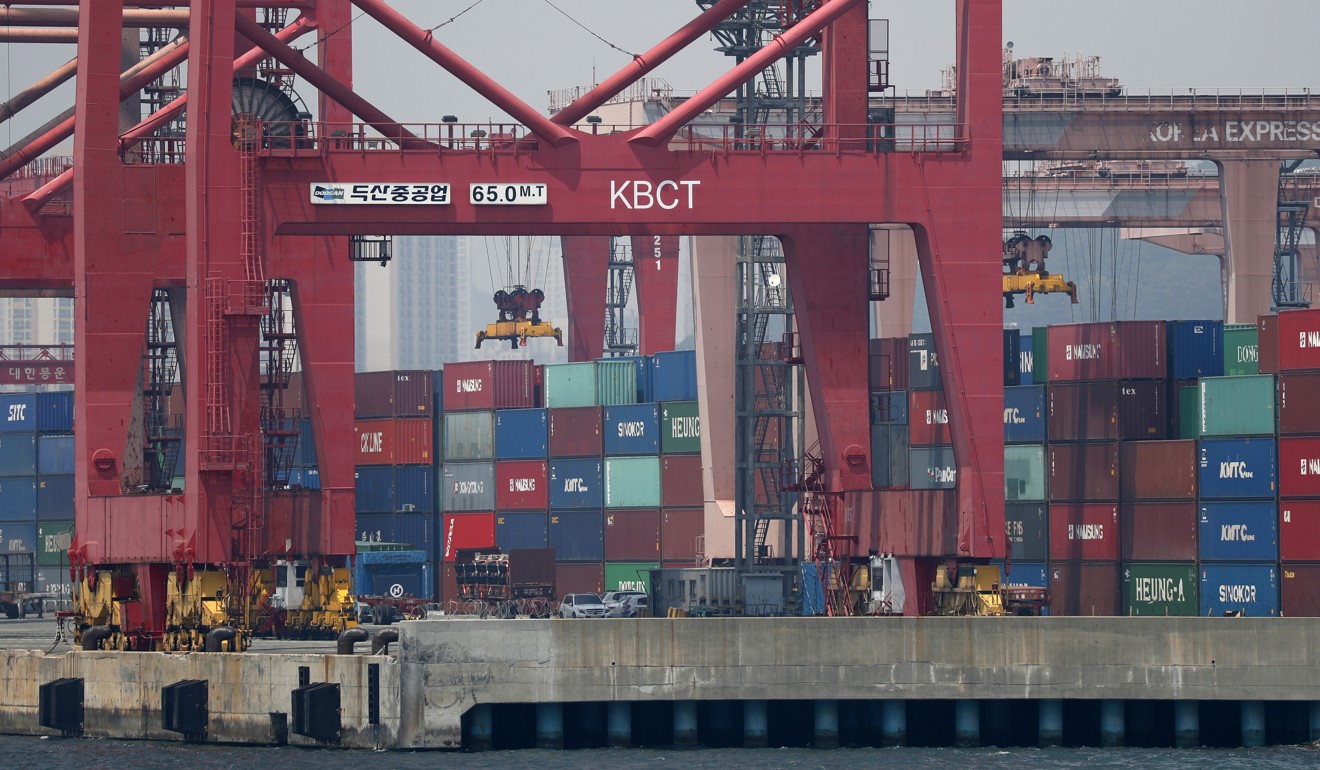
Trumponomics is winning in Washington and global supply chains feel the pain
Sun Xi and Faisal Ahmed say that the course the US-China trade dispute takes will be unpredictable, but we can count on the impact on global production networks to be negative. Some are already scrambling to adjust
Today, more than 60 per cent of world trade happens in intermediate goods, with China being a major trader interlinking the supply chains of large multinationals and other firms. China has enjoyed a 10 per cent growth rate over the past three decades, and this was possible largely due to the increasing participation of its small and medium-sized enterprises in global value chains. In fact, most export-led economies are dependent on imports – of raw materials, parts, components and so on.
The escalating trade dispute will have repercussions on the multilateral trading system. It can affect export-led economies in several ways. Not only will tariffs make their products costlier in an importing country, but there will also be costs associated with supply chain disruptions, spillover effect on partner countries and sectors, plus impact on investment inflows.
The spillover effect is gradually becoming so intense that manufacturers are now shifting their production lines outside China. This phenomenon was ongoing even before the dispute, but the number is now going up.
Also, Taiwan is watching the situation very closely and fears possible difficulty in inventory management for its manufacturing sector. With its industrial production unexpectedly declining and currency weakening, Taiwan is also revising its gross domestic product growth forecast for 2018 from 2.6 per cent to 2.4 per cent.

Even South Korea’s exports of cars and electronic goods have fallen recently and the country’s growth rate is now forecast to be lower than the earlier estimate of 3 per cent. The growing unemployment in recent months can also be attributed to the rising intensity of the trade war.
SMEs in South Korea have established links with both America and China. Trump’s policies will likely delay such internationalisation and the value chain-upgrading process for these SMEs. Even the robust electrical machinery and equipment value chains are also likely to be affected. For instance, more than half of South Korea’s global export of electrical machinery and parts thereof goes to China.
With such a free-trade agreement in place, the trade war may even take a back seat. This is because most of the production lines being relocated now, owing to the fear of trade war, are going to those countries which will again come under the ambit of the agreement – thereby minimising trade costs for the participating economies.
For now, however, the trade war’s impact on global production networks and global supply chains will be devastating. Singapore’s Prime Minister Lee Hsien Loong has expressed the global anxiety in a very simple manner, saying “Nobody wants a trade war”. No matter whether Trumponomics survives the trade war, export-led economies and global consumers are already getting ready to suffer.
Sun Xi is a China-born independent commentator based in Singapore. Dr Faisal Ahmed is an associate professor and chair of international business area at the FORE School of Management, New Delhi, India


